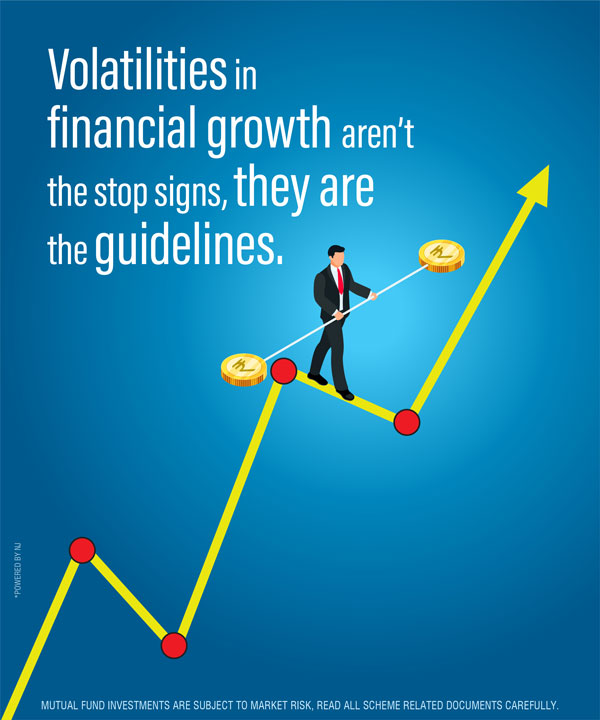
This astounding growth rate of over 35% marks the highest since fiscal 2021, driven by robust market performance, increased participation of individual investors and evolving investment strategies.
The category saw net inflows of Rs. 1.84 lakh crore in the FY 2024, as compared to an inflow of over Rs 1.47 lakh crore in the last fiscal year.
Equity markets represented by Nifty 50 total return index (TRI) and Nifty 500 TRI increased by around 33% and 44% respectively, during the fiscal year.
In terms of AUM growth, multi asset allocation funds emerged as the highest category within the hybrid funds marking the growth of 153%, followed by Arbitrage funds with the growth of 127%. However, in terms of assets, dynamic asset allocation / balanced advantage funds emerged as the largest category with assets of nearly Rs 2.50 lakh crore as of March 2024.
Money market and liquid funds saw the largest absolute asset gains among debt mutual fund categories, totaling Rs 40,000 crore and Rs 31,000 crore respectively. Money market funds also saw the second-highest percentage rise in the fiscal year, at 37%.
The total inflow into all the mutual fund schemes through SIPs stood at nearly Rs 2 lakh crore, 28% higher than Rs. 1.55 lakh crore recorded in the previous financial year. This shows increasing investor confidence and commitment to disciplined investing.
SIP assets stood at Rs 10.71 lakh crore as of March 2024, accounting for more than 20% of the industry assets. Further, the number of SIP accounts reached nearly 8.4 crore with approx 17 lakh new accounts added per month.
Investment in mutual funds will become even more accessible as a result of the ongoing digital adoption, attracting new participants from smaller towns and cities. Regulatory reforms and investor education programs can further boost investor participation and trust in the industry. India's rising millennial and youth demographic presents a vast opportunity for the mutual fund industry. This dynamic and tech-savvy generation can become the industry's driving force in the coming days.
However, it is important to consider economic factors, regulatory changes, and investor sentiment for navigating the journey ahead.







